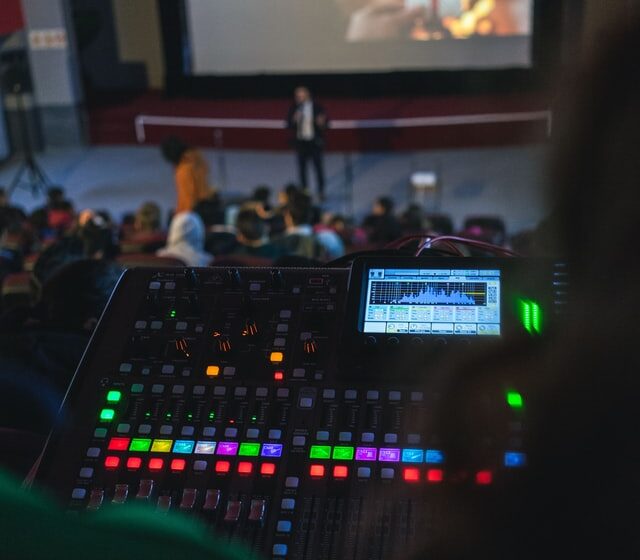The first step in successful camera placement is to locate high-risk areas within the store. These locations typically consist of entrances and exits, cash registers, and sections where high-value items are displayed. By installing surveillance devices in such locations, store owners can observe customer behavior and spot suspicious activities. Additionally, cameras at entry points can record images of people coming into and exiting the retail space, which is crucial for identifying potential thieves. This preventive strategy aids in minimizing theft and ensuring a secure environment.
A further key consideration is the type of surveillance device used in the store space. Different cameras fulfill distinct purposes. For example, dome-shaped surveillance cameras are commonly used for indoor monitoring because they are less obtrusive and can monitor a broad space. On the other hand, bullet-style cameras are ideal for outdoor application, as they are much conspicuous and can discourage illegal activity. Retailers should evaluate their particular requirements and select the appropriate camera types to guarantee complete monitoring of the retail space.

In addition to camera types, the angle and elevation read at which surveillance devices are installed have a crucial part in their efficacy. Cameras should be positioned at a height that enables for unobstructed viewing of faces and activities without being easily manipulated with. A typical recommendation is to mount cameras at least 8 to 10 ft off the floor. Additionally, cameras should be angled to monitor as wide space as possible while avoiding areas without coverage. This tactical installation ensures that all areas of the retail space are observed, offering a complete view of customer engagements and possible security threats.
Ultimately, it is crucial for retailers to regularly assess and service their monitoring equipment. This includes checking surveillance device functionality, ensuring that recordings are high-quality, and refreshing software as needed. Regular upkeep aids to prevent technical problems that could jeopardize security. Additionally, store owners should review footage periodically to spot patterns in customer actions and possible safety threats. By staying proactive and mindful to their surveillance systems, store owners can establish a safer retail atmosphere and protect their assets efficiently.